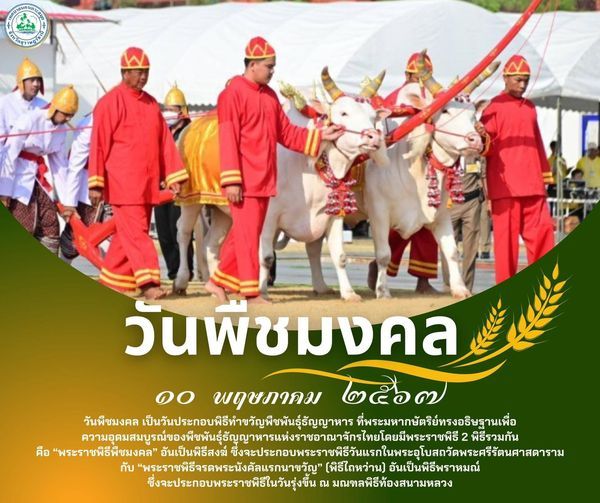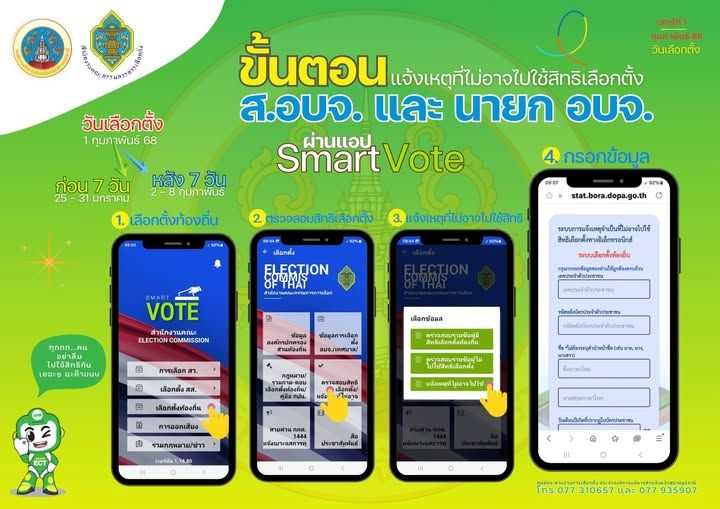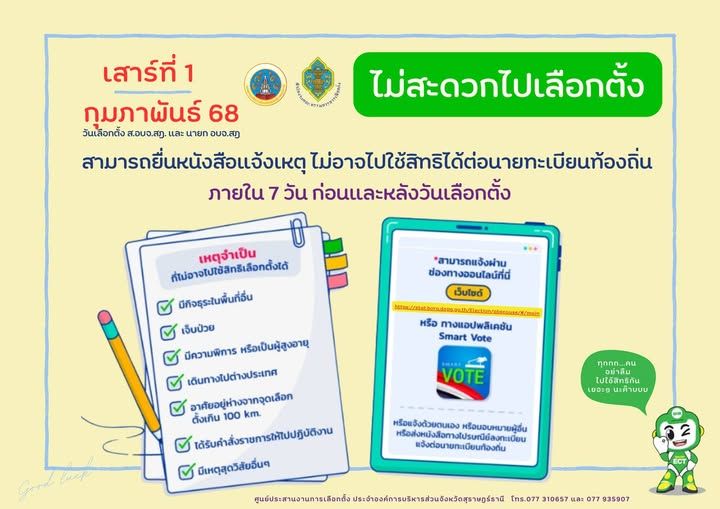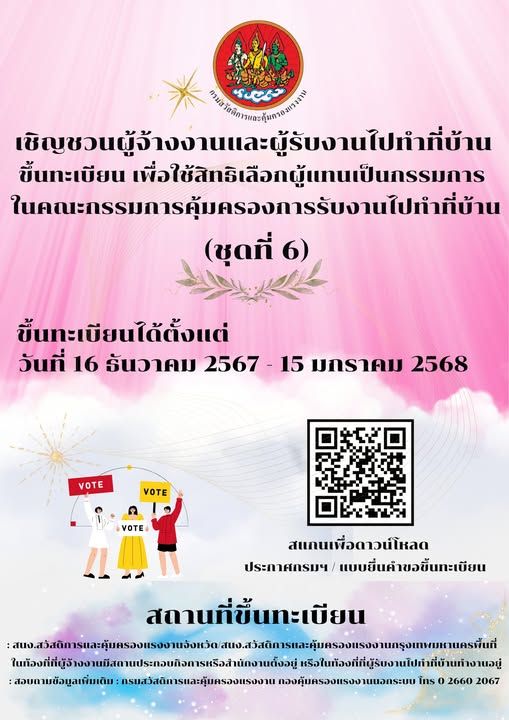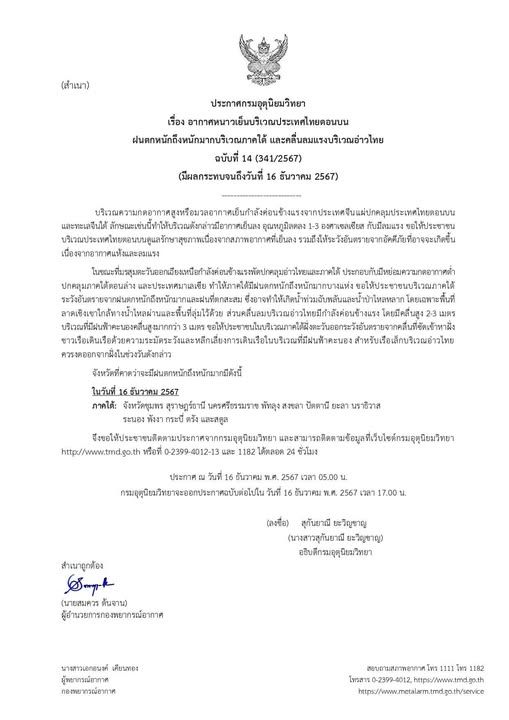The Royal Ploughing Ceremony is an ancient tradition deeply woven into the fabric of Thailand’s agricultural society. Its roots extend back to the Sukhothai period when the ceremony was a Brahmin religious ritual. Sukhothai, the first Thai kingdom, laid the groundwork for a custom that would endure through the centuries.
Transition Under King Mongkut’s Reign
In a significant shift, the ceremony evolved during the rule of King Mongkut, Rama IV, in the Rattanakosin era. It was his reign that marked the inclusion of Buddhist practices alongside the existing Brahmin ones. This merger heralded a new chapter and a revitalized approach to the agrarian festivity.
The Ceremonial Fusion
The fusion of the Rice Harvest Ceremony with the Royal Ploughing Ceremony resulted in a comprehensive event known as the “Royal Ploughing Ceremony incorporating the First Rice Harvest Ceremony.” This ceremonious affair symbolized the harmony between different spiritual traditions and the importance of agriculture in Thailand.
A Pause and Resurgence
The practice continued uninterrupted until 1936. Then, for a period of 24 years, the tradition was put on hold. The revival came in 1960, a pivotal year when Thai officials decided that the ceremony was too valuable a cultural emblem to be lost. Recognizing its role in uplifting the spirits of the nation’s farmers, the government ensured its annual celebration.
The Ceremony Today
Today, the Royal Ploughing Ceremony stands as a testament to Thailand’s commitment to its roots. It’s not just a nod to the agrarian past but also a morale booster for the farmers who continue to feed the nation. The event is a colorful, vibrant celebration that draws onlookers from far and wide, reinforcing the bond between the land, its people, and their rulers.
The Royal Ploughing Ceremony has transcended its historical origins to become a cherished national symbol. It underscores the significance of agriculture and the reverence for traditions that continue to shape the Thai way of life.
